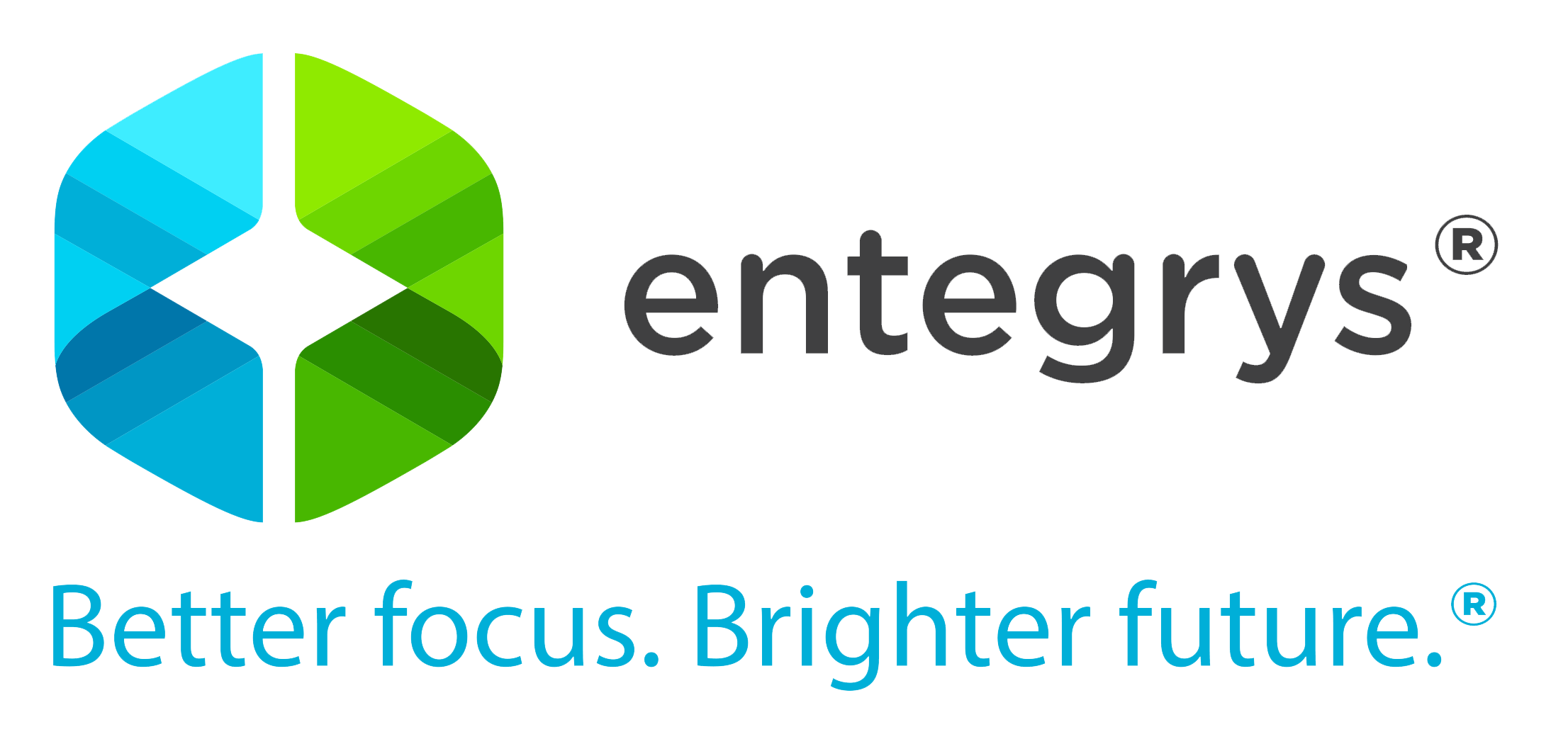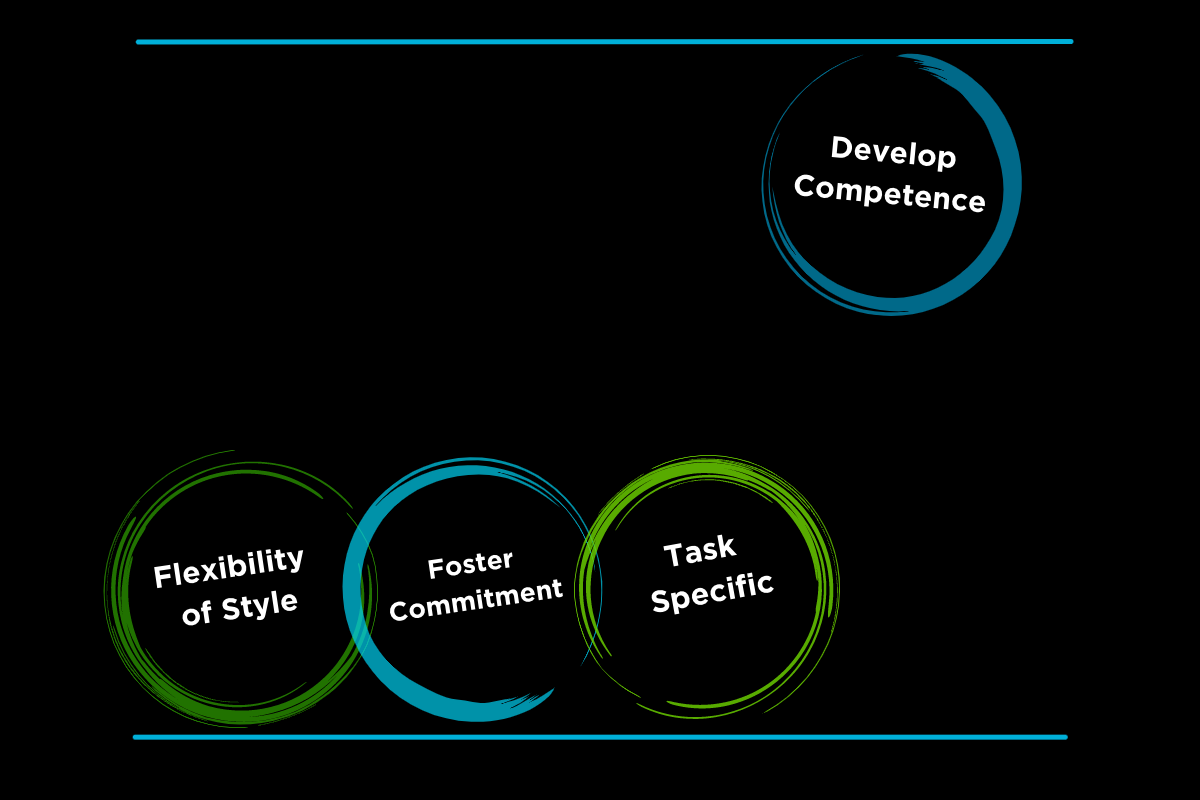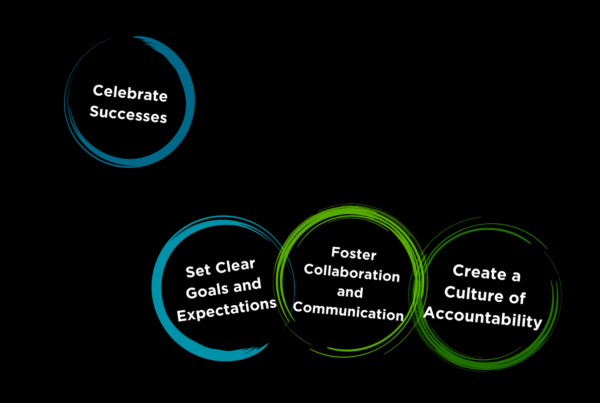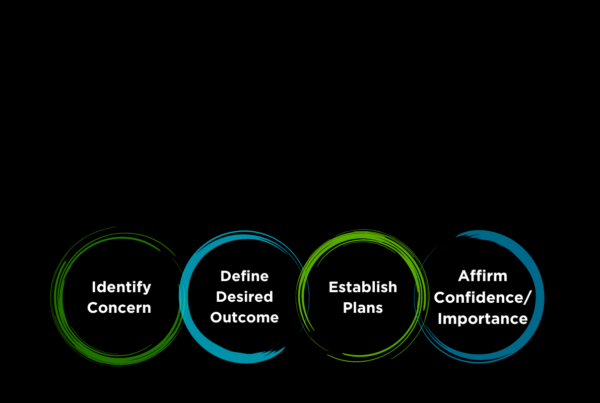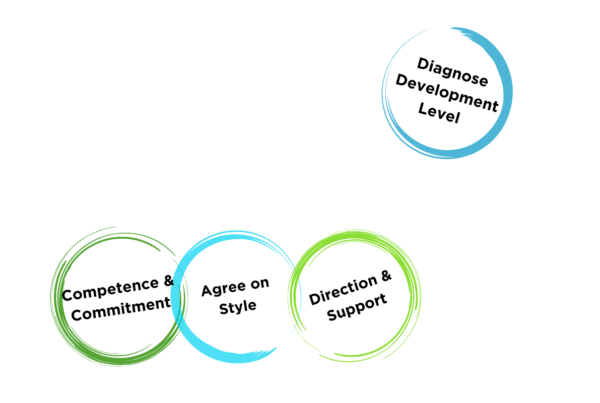Have you ever had the privilege of following a great leader? They seem to create an unforced rhythm that flows effortlessly throughout the group. They present a compelling vision that unifies and inspires everyone to move toward a common goal.

Classic leadership is like a ballet
At times a single ballet dancer can create a vision so compelling it captures everyone’s imagination. You find yourself mesmerized by the beauty of the movement.
Then the full company enters to follow their lead. Sometimes they mirror the principal dancers. Other times they complement their steps. Together their movements flow in beautiful harmony to create a story that unfolds before your eyes with exquisite grace and beauty.
Situational Leadership is like a tango
Ballet is a choreographed set of movements performed alone, by couples, or in groups. Tango is an intense series of steps a couple dances in a tight, face-to-face embrace.
While there are basic steps to tango, the dance itself is characterized by improvisation and dramatic music whose “complex layers of melody and rhythm, are ideally suited to improvising in a lead-follow relationship.”
The greater the synchronicity between the couple, the more inspiring the dance. It truly does take two to tango!
What does tango have to do with Situational Leadership?
Despite its name, Situational Leadership does not fit the classic definition of leadership. Instead, it is about directing and supporting others to develop competence in various aspects of their work.

Situational Leadership is a dance between leader and follower—supervisor and employee. It guides the employee through defined but fluid steps to build their competence—their skill in performing a task plus their confidence and commitment to do it well without supervision.
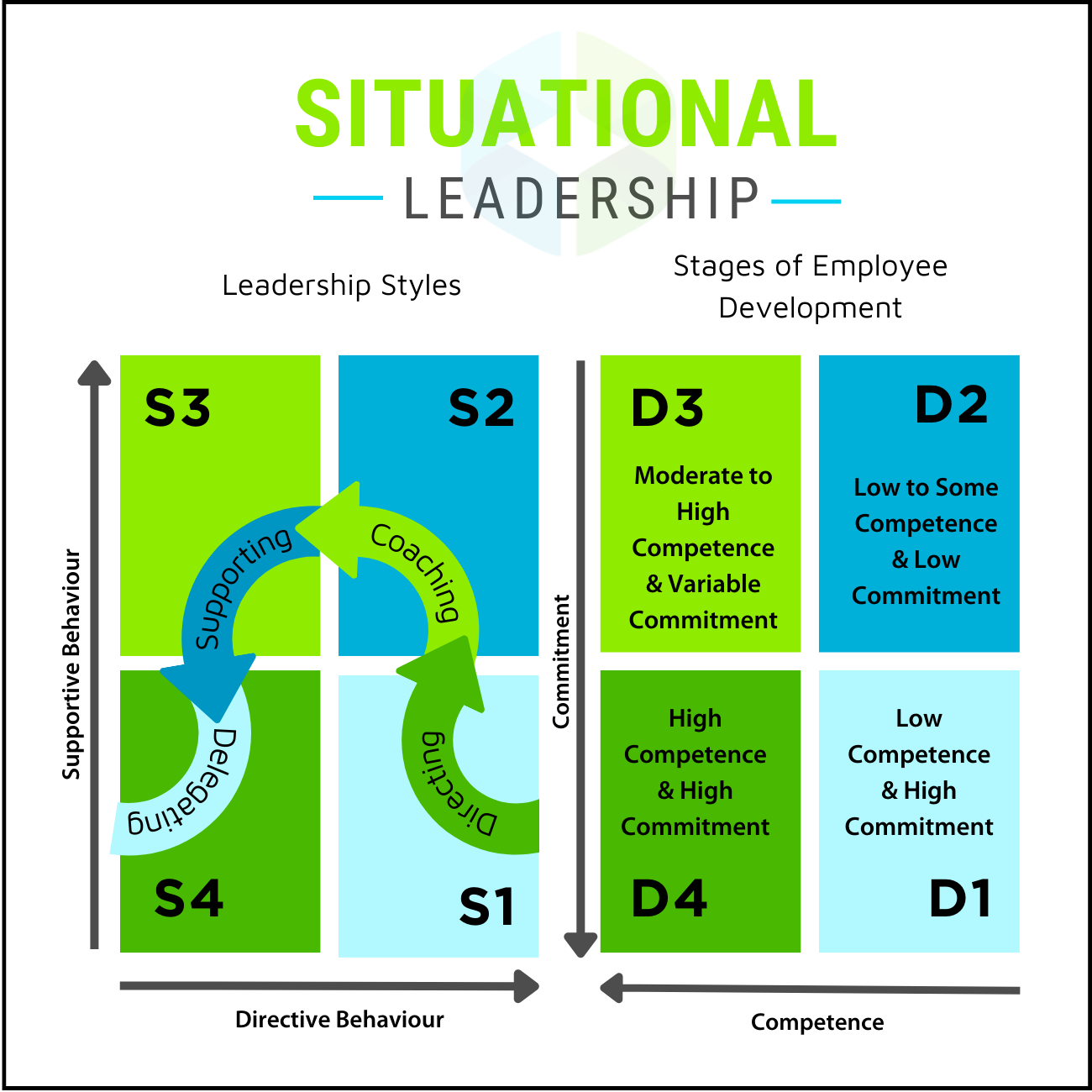
What makes Situational Leadership valuable to managers?
Paul Hershey and Ken Blanchard created the Situational Leadership model in 1969. Despite its age, it has stood the test of time. Here is why we believe it is a valuable—even essential—tool for supervisors and managers.
- It is theoretically sound
The model parallels other development models created around the same time, namely Tuckman’s Stages of Group Development and Noel Burch’s Conscious Competence Ladder. - It makes logical sense
– You don’t need a psychology degree to understand and apply it. The model explains how to develop an employee’s competence in plain language for the everyday, practical manager.
– Even though it is about dealing with people, the application of the model is left-brain friendly. It can be figured out logically! - It saves time, money and frustration
– When we actively and appropriately guide staff in developing task competence, they develop faster and to a higher level.
– Higher levels of employee competence translate to higher productivity with fewer costly mistakes, fewer redos and less downtime.
– Investment in their development conveys their value to you and the organization, which translates to higher morale. - It is easy to learn
The model revolves around three basic principles:
– An employee’s development level can vary by task.
– An individual requires two basic things from a manager to master a task—direction and support.
– There is no one best leadership style. The amount of direction and support an employee requires is dependent on their competence in the task at hand, as well as their commitment to carrying it out. Hence the term ‘Situational’.
Ready to dive in?
Like anything worthwhile, learning to use this tool effectively will take some time and commitment on your part. But you will be surprised how easy it is to grasp and how valuable you will find it!
So if you are ready to add this tool to your toolkit, then watch for further articles in this series. We will offer you a step-by-step guide to the Situational Leadership process. Then we will offer some tips for handling potential bumps along the road.
